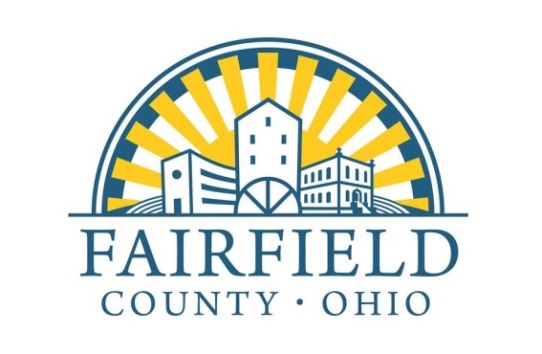
Juvenile Court Assessment & Intervention Center
Fairfield County, Ohio
Interview with Becky Edwards, Director
How are youth referred to your center? Referral sources vary depending upon the track that the youth enters the program. For the Community Track referrals can come from many sources including parent/caregivers, schools, agencies, law enforcement or any community partner. The Law Enforcement track offers intake and assessment services to young people identified by law enforcement officers for behavior or delinquency matters where charges are filed or diverted. Officers may refer youth for an assessment or transport directly to the Center’s location.
How many youth do you serve per year? An average number of 130 youth are served in both tracks per year.
What is your favorite tool used in an assessment and why? The MAYSI-2 provides a comprehensive screening that covers mental health, trauma and substance use. This tool can be used by non-credentialed staff and provides agreed upon cut off scores for referrals and intervention that is easy to use, yet has proven to be effective in identifying youth at risk.
Highlight a specific partnership (i.e. school, organization) or program. The Lancaster Police Department (LPD) was an early adopter of the direct referral into the Assessment Center. Prior to COVID, the number of referrals from LPD for assessment and intervention and not accompanying charges were by far the most common referrals.
What is the process your center uses to ensure youth are connected and matched with services after an assessment? Regardless of the pathway that youth enter the Assessment Center services, all are screened for behavioral health, trauma and substance use issues. In addition to screening referral triggers, motivational Interviewing strategies are used to determine the needs of not only the youth, but the family as well. Each case is assigned to a Center staff person (social worker) who follow that case and provide referrals and support until the family is linked to services.
How does your center divert youth from the justice system? The Assessment Center is dedicated to improving the lives of youth by helping to strengthen and support children and families who are involved, or at risk of becoming involved with the juvenile justice system. The Center believes each youth should be supported based on individual risks and needs without the requirement that they are officially filed upon. The vast majority of youth served by the Assessment Center are never formally involved with the court and receive services in a preventative manner.
What outcomes does your Center track? The agreed upon outcome for the Assessment Center is based on future charges. The goal is that 75% of youth seen through the Assessment Center (both law enforcement and community tracks) will not receive any charges within 12 months of termination from the program. The combined (Community and Law Enforcement Tracks) recidivism rate for 2019 is 33%. The program is in it’s infant stages and the development of strategies to decrease that rate are a part of the ongoing quality improvement of the program.
What are you looking forward to most with the development of the NAC?We are excited about being in the NAC loop to learn more about best practice, ongoing training in evidence based strategies and engagement with like-minded colleagues to improve outcomes for the youth in our community.
|